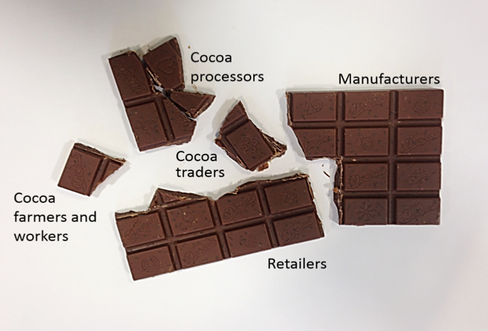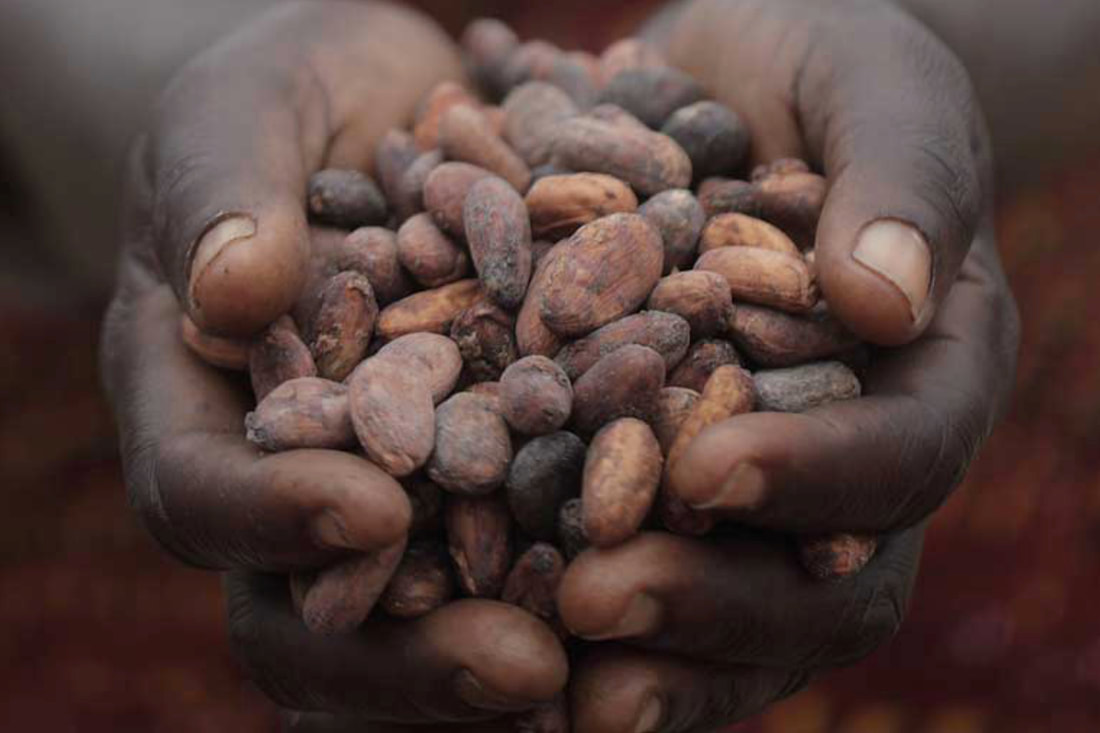By Estella Owoimaha-ChurchThere are two types of moods for teachers on this day:
For this month’s blog, we wanted to share a themed lesson plan that can be easily adapted or modified for any grade level or content area. More importantly, this lesson plan is a way to embed human rights education in your learning space as well as guide students towards acting locally on a global issue. This lesson will explore fair trade chocolate and its effect in children around the world. Lesson kit: Cocoa Conundrum (Fairtrade Foundation & Fairtrade Schools)
 A key ingredient for this lesson to work is to have a large chocolate bar (100g). By the end of the lesson, learners will use the visual of the chocolate bar to truly understand how much farmers actually receive for their hard labor. Once the lesson is complete, students will understand the economics of this issue. Farmers - and that term is used loosely since this industry depends on child and slave labor - receive 5% or less of the overall profit compared to the 35% and higher percentages received by manufacturers and retailers. Learning Objectives:
Similar lessons: Supplemental articles and resources:
I strongly encourage you to explore the supplemental list of materials and resources, especially the documentary and the Washington Post piece. These resources do a great job of helping learners to truly connect with other children around the world, building empathy and tolerance in our learners. It is in this way we can explicitly teach youth to think and act on both a local and global scale. I have taught this lesson - or modifications of this lesson - in the past and each time I do, students are floored by what they learn. They begin to question a great deal. For example, why is the industry heavily dependent on the child and slave labor? And how come so few fairtrade options exist? When students begin to consider their purchasing power and impact on children all the way around the world, it's a beautiful thing; it's the beginning of their journey as critical thinkers and defenders of human rights. Below are some tools to create a more project-based lesson, deepen engagement, as well as move learning beyond the classroom and into the real world. Ways you and your learners can take action:
0 Comments
|
AuthorsThis blog is curated by EN-ACT creators, Mandy Matthews & Estella Owoimaha-Church. Archives
March 2020
CategoriesAs an Amazon Associate, EN-ACT earns from qualifying purchases.
|


 RSS Feed
RSS Feed
